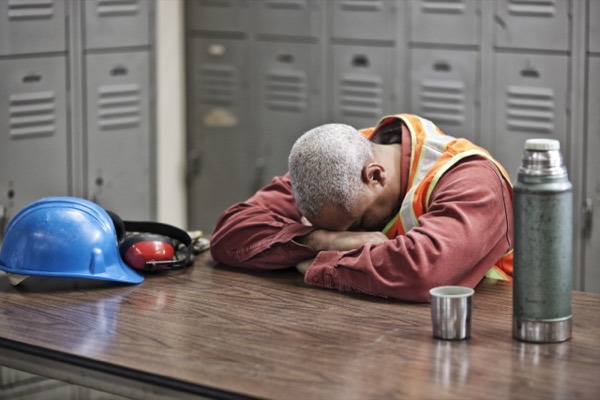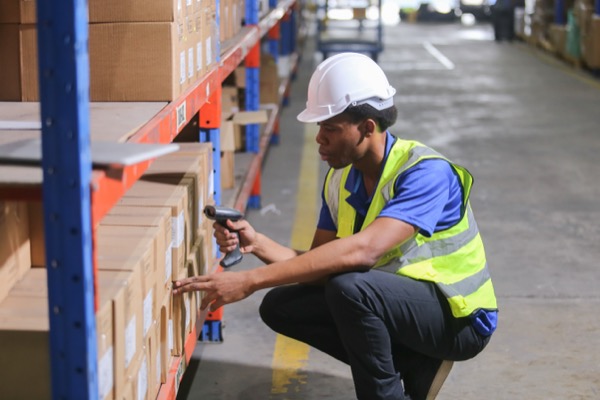Recognizing and Addressing Anxiety in the Workplace

Anxiety is one of the most common mental health challenges in the workplace, affecting employee focus, reaction time, and decision-making. While some level of stress is normal, chronic anxiety can lead to decreased productivity, increased workplace accidents, and reduced overall well-being. As workplace demands grow, it’s essential to recognize how anxiety impacts safety and performance, […]
Managing Fatigue to Reduce Workplace Accidents

Fatigue is a serious workplace hazard that often goes unnoticed but significantly impacts safety, productivity, and overall well-being. In high-risk environments such as construction sites, manufacturing plants, transportation, and healthcare, fatigue can lead to slower reaction times, impaired decision-making, and an increased likelihood of workplace accidents. Therefore, implementing measures for workplace fatigue prevention is crucial. […]
The Role of Leadership in Mental Health Awareness

Mental health is just as important as physical health in the workplace. Yet, many employees feel uncomfortable discussing mental well-being due to stigma, fear of judgment, or a lack of support from leadership. Supervisors and managers play a critical role in creating a workplace culture where employees feel safe, valued, and supported in their mental […]
The Impact of Workplace Stress on Safety

Workplace stress is more than just a personal concern—it’s a critical safety issue. High stress levels can impair judgment, reduce concentration, and increase the likelihood of workplace accidents. Employees experiencing stress or burnout are more prone to making errors, overlooking safety protocols, and engaging in risky behavior. By understanding how stress contributes to workplace accidents, […]
How to Identify and Support a Coworker in Crisis

Workplace safety isn’t just about physical hazards and injury prevention—it also includes looking out for the mental well-being of employees. Recognizing signs of distress in coworkers is crucial, as mental health crises can affect focus, productivity, and decision-making, increasing safety risks for both the individual and their coworkers. Recognizing when a colleague is struggling and […]
Housekeeping Safety: Cleanliness and Accountability

Workplace safety isn’t just about following rules—it’s about creating a culture of cleanliness and accountability that ensures every employee takes responsibility for maintaining a safe and organized work environment. Poor housekeeping leads to clutter, trip hazards, fire risks, and reduced efficiency, all of which increase the likelihood of workplace accidents. By fostering a culture where […]
Safe Storage Practices for Tools and Equipment

Proper storage of tools and equipment is essential for maintaining a safe and efficient workplace. Improper stacking, unsecured heavy tools, and disorganized storage areas can lead to serious injuries, lost productivity, and damage to valuable equipment. By following safe storage practices, businesses can reduce workplace accidents, improve workflow, and ensure compliance with OSHA and other […]
Proper Waste Disposal: Handling Trash and Hazardous Materials

Proper waste disposal is a crucial part of workplace safety and environmental responsibility. Improper disposal of waste, especially hazardous materials, can lead to serious health risks, environmental damage, and legal consequences. Whether you work in an office, warehouse, construction site, or industrial setting, understanding how to properly separate, dispose of, and label waste is essential […]
Combustible Dust Hazards and Prevention

Combustible dust is a hidden but serious hazard in many workplaces. When fine particles from materials like wood, metal, or chemicals accumulate in the air, they can ignite and cause devastating fires or explosions. Even a small amount of combustible dust, if not properly controlled, can result in catastrophic injuries, property damage, and even fatalities. […]
How Clean Workspaces Prevent Accidents

A clean workspace is more than just visually appealing—it’s a critical component of workplace safety. Cluttered and disorganized work areas increase the risk of slips, trips, and falls, which are among the leading causes of workplace injuries. Additionally, poor housekeeping can lead to fire hazards, blocked emergency exits, and reduced efficiency. By implementing proper housekeeping […]
